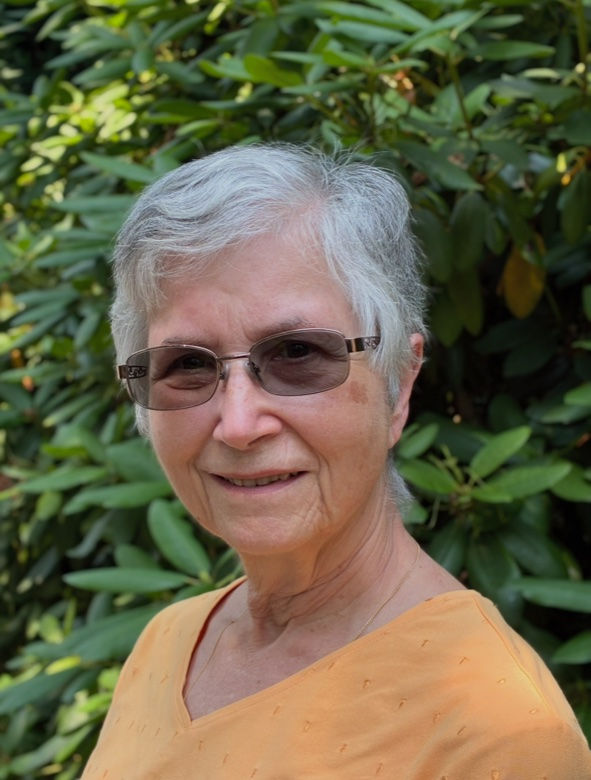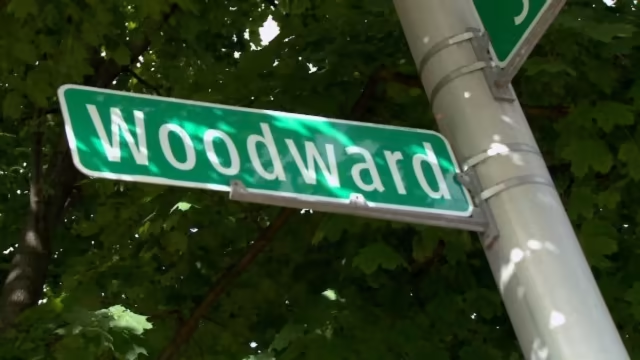Living in Sync with Midtown Detroit
- andreasachs1
- Sep 19
- 5 min read
By Bobbie Lewis / Detroit
About 15 years ago my husband Joe and I started to think about where we’d want to retire. We aren’t snowbirds and we had no interest in moving to Florida or Arizona. Two of our three adult kids live in Detroit, as do we, and the third lives in New Jersey, which holds no attraction except our only two grandchildren.
We thought buying a condo in central Detroit seemed like a good idea, and 2015 seemed like a good time to do it, because construction was about to start on a light rail line that would run three-plus miles from downtown Detroit to the New Center area – and eventually run out to the suburbs. Property values would undoubtedly increase once the line was operable.
A helpful realtor showed us a few apartments in a 14-story building called the Park Shelton in Midtown Detroit. It was a great location – right on Woodward Avenue, the city’s main drag, across the street from the Detroit Institute of Arts, the Detroit Public Library and the Detroit Historical Museum and in between the campuses of Wayne State University and the College for Creative Studies.
The Park Shelton, which will celebrate its 100th anniversary in January, has an illustrious history. It opened as The Wardell, a residential hotel intended for extended stays. It was listed in the National Register of Historic Places in 2017. The name comes from Fred Wardell, who owned the Eureka Vacuum Cleaner Company.
Artist couple Diego Rivera and Frida Kahlo stayed in the building in the early 1930s while he painted his famous mural, “Detroit Industry,” at the Detroit Institute of Arts. The building was sold to Sheraton Hotels in 1941 and renamed the Wardell Sheraton, then the Sheraton, then the Park Sheraton. In 1952 it was sold to Louis Schleiffer. He could no longer use the Sheraton name so he changed the spelling slightly and the building became the Park Shelton. In the 1970s, it was converted into apartments, and in 2004, into 227 condominium units.


We looked at a half-dozen apartments in the building and decided the only location we really liked was the southwest corner, which had unobstructed views of Woodward Avenue and the Cultural Center and direct sunlight all day. We told the realtor we’d be interested in a unit in that southwest corner but only on the sixth floor or lower, figuring if the elevators ever went out (which, lol, they have been known to do) we would be able to walk up without too much difficulty.
A few weeks later the realtor called to say that the southwest corner unit on the fourth floor was available. The building had fairly recently been converted from rentals to condos, and the tenant, a professional organization for advertisers, did not want to buy it. They left a few months later.
We took the plunge and bought the unit, even though we were not yet ready to move. Our realtor helped us find excellent tenants and managed the rental for us – which easily covered our mortgage payments and condo fees – for a small fee.
The tenants were there for three years and would have stayed longer –indeed after we decided not to renew their lease, they bought another unit in the building –but in 2018. my husband decided he was tired of home maintenance and yard work. We got ready to put the four-bedroom house in suburban Oak Park where we’d lived for 40 years on the market and made plans to renovate the apartment.
The planning and reno, which included a totally new kitchen, two renovated baths and construction of an office space, took more than six months. We finally set a moving date – and then Covid hit. Our moving date turned out to be two days before the statewide Covid lockdown.
Our first year was far from the urban living experience we’d anticipated. The light rail, now called the QLine, was not running. All the cultural and educational institutions were closed, as were all the restaurants and many of the stores. We couldn’t meet our neighbors. Shopping trips required extensive planning.
Slowly, slowly, life opened up. The museums and campuses started to revive. The QLine started running – and it was free! The restaurants on the building’s first floor reopened. A residents’ association, for owners and tenants alike, was formed and hosted gatherings where we could get to know others in the building.
Our building population is diverse, with residents of every hue, many of them graduate students and medical residents at the nearby Detroit Medical Center. We feel very safe in our neighborhood, which is patrolled by both the Detroit Police and the Wayne State University security department. Being in a high-rise with a 24-hour concierge undoubtedly helps too. There's an adjacent, access-controlled parking deck for our car. Our visitors park on the street, and no one has had any problems.
As an aside, we know white families who live in single houses or townhouses in Midtown or downtown, including some who send their children to Detroit public schools. We also know white young adults who are buying houses in Northwest Detroit neighborhoods their grandparents abandoned in the 1950s, '60s and '70s. The neighborhoods never deteriorated like some areas of the city did -- and these young people don't care if they are the only white residents on their block. Indeed, Detroit's era of white flight seems to be ending, although the population of the city overall is still three-quarters African-American.
Now, although we do miss our old neighborhood and the friends who lived nearby, we are in sync with the city. We can walk to Orchestra Hall, where we have season tickets to the fabulous Detroit Symphony Orchestra. We can take the QLine to the Detroit Opera House and the Fisher Theater, home of touring Broadway productions, and to the Detroit Riverfront. We aren’t sports fans, but if we were, we’d have easy access to Ford Field, Comerica and Little Caesars Arena, where we could watch the Lions, Tigers, Red Wings and Pistons – with no need to pay for parking!
City living may not be for everyone, but we think we made the right choice.

Philadelphia native and long-time Detroit resident Bobbie Lewis retired after a career in public relations and communications for nonprofit organizations. A graduate of Antioch College, with master's degrees in journalism and administration from Temple University and Central Michigan University, she is an award-winning contributing writer for the Detroit Jewish News. From 2017 to 2025, she spent her summers at Chautauqua Institution as co-host (with her husband, Joe) of the Everett Jewish Life Center in Chautauqua.















Comments